When you play sports there is always something holding each player back and that’s the lack of the ability to use both sides of their body with optimum efficiency. Some people are born ambidextrous and it has allowed them to be dangerous in both offense and defense in whatever sport they choose, but the rest of us have to find a way to become ambidextrous.
But how do we do that? Keep reading below to find out how you can retrain your body to become ambidextrous and a defensive and offensive threat in your sport of choice.
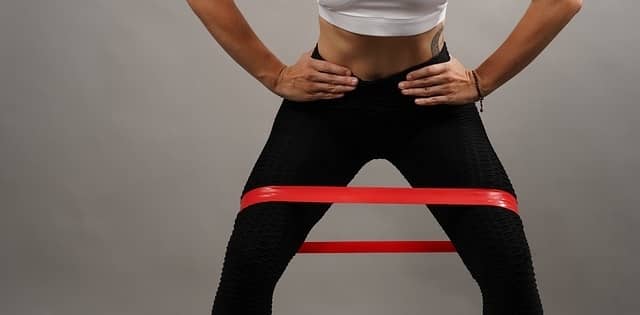
Exercise Your Weaker Side
Everyone who plays sports professionally or recreationally will tell you how critical your workout routine is. This is equally true when training your body to be ambidextrous, as in spite of working out even your entire body, there will be an undeniable discrepancy between your dominant and non-dominant sides.
When training your body in the gym, your dominant side is a lot stronger than your non-dominant because you use it so much more. So you can start strengthening your other side by lifting weights every other day (you want the muscles to have time to repair themselves). Keep a tight grip so that you’re working your hand and not just your arm, like in a normal workout routine.
For sports other than soccer, you should focus on improving your weak side’s shoulders, wrists, forearms, biceps, and triceps. However, you don’t have to limit your training to just your hand and arm, nor should you.
Your non-dominant leg and foot aren’t as coordinated either and you won’t see as much improvement if you ignore them. Sports like soccer, basketball, and hockey can show how critical your footwork can be. Weakside-focused leg and foot exercises include:
- Single leg balance
- Single leg squats
- Lunges
At home, you can continue to do lighter exercises with your non-dominant side such as using a hand grip that can adjust its resistance, and playing hacky sack with your non-dominant foot. That’s where you have a small ball filled like a bean bag that doesn’t roll and you kick it to keep it up and land on your foot, head, knee, etc. Like soccer, you don’t use your hands or arms.

Use Your Non-Dominant Side During Training and Practice
This is the most obvious thing to do in order to be ambidextrous in sports. However, when it comes to your sport training, it wouldn’t go well if you just tried to accomplish the most complicated practices and drills with a side you hardly use. Instead, break yourself into the process.
Practice Basic Drills and Routines Alone
This might be doing basic ball handling practice, namely dribbling, with your non-dominant hand for basketball. It would be easier if you had a friend to help you with the passing and catching parts.
In baseball, it comes down to practicing the correct swing movements on your weak side and using a tee to just focus on adding power to your good form, meanwhile practicing catching and throwing as you would with your dominant hand.
If you play soccer, training your weaker leg and foot may also include practicing proper kicking technique and spending more time kicking and shooting the ball.
Upgrade to the Intermediate Drills
When your coordination improves, this is the time to move on to intermediate drills. For example, in hockey, this may be doing “keepie-up,” where you bounce a small white ball on the end of your hockey stick for as long as possible. Doing this drill with your non-dominant hand will greatly improve your hand-eye coordination with your non-dominant side.
Invite a Friend to Help you Train
Having someone toss or kick a ball to you and perform the drills that are done more effectively with two people is an excellent strategy. And when you’ve gained some confidence in the other half of your body, they can start playing against you slowly.

Use Your Non-Dominant Hand in Other Activities and Chores
It won’t be enough to only use your weaker side during drills and practice, otherwise, it will take you at least 3x longer to make any real ambidextrous progress. Instead, there are a number of opportunities around your home that will allow you to keep working on the strength and coordination of your weak side. These tasks are directed toward your non-dominant hand. When doing these ambidextrous tasks, never forget to stretch
Brushing Your Teeth
Not very glamorous or interesting, but this may be the easiest thing you can do with your weak hand that you usually do with your strong one. It will still feel awkward to use your other hand and you will still improve your coordination and comfort in your range of motion.
Put on Accessories
If you wear earrings, bracelets, or necklaces, you know it takes a considerable amount of concentration and precision to put those tiny clasps together. Bracelets are especially difficult, depending on the clasp they have.
Do you know how to tie a tie? It’s even trickier when you switch the hand that does most of the work. It will prove to be a mental challenge as much as a physical one.
Tracing the Letters of the Alphabet
This is the pre-exercise before actually writing with your non-dominant hand and the hardest part is figuring out how to hold the pen or pencil. That’s why it’s useful to practice tracing letters. The easiest thing to do is to mirror how you hold a pencil in your dominant hand in your non-dominant hand.
It’s recommended that you start with the lowercase letters instead of the uppercase because they’re smaller. You’re focusing on making straight lines and clean curves with precision. Always improving your hand-eye coordination.
You’ll be back in kindergarten for a while, but if you spend 10 minutes on this each day you’ll be amazed where you’ll be in just after a week. Once you’ve conquered printed letters, cursive letters will be your next challenge.
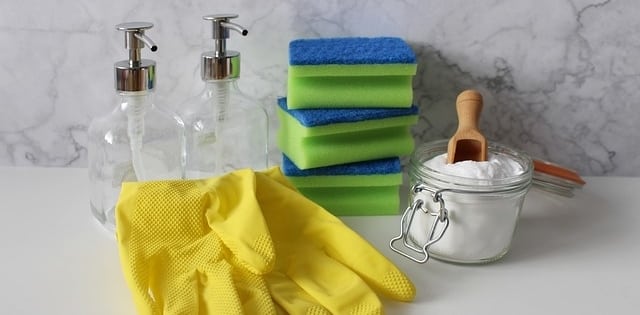
Cooking and cleaning
At least at the end of this exercise you’ll have a reward you can eat! Start with a simple dish, like frying eggs. Use utensils in your non-dominant hand, crack the eggs against your bowl or pan with that weaker hand, and add salt and pepper, try to flip them, and serve them onto a plate with that hand. Finally, butter some toast with your non-dominant hand. You might get a little frustrated at first, but at least you won’t be hungry at the end of it.
Don’t Neglect Your Dominant Hand
The point in your training is to be able to use both hands, not just switch dominant hands. While part of your training can certainly include tying your dominant hand behind your back so that muscle memory and habit doesn’t make you use it, you still need to make sure your strong half is ready for game day as much as your weaker half.
So when you’ve accomplished strengthening your non-dominant side to equal the strong side, do your best to work them both in equal measure.
Conclusion
With enough regular practice and determination on your part, all of your hard work should bring great ambidextrous results in half a year. That sounds like a long time, but don’t be discouraged. Focus on how much better you’ll be at your sport, leading your team to victory, and earning plenty of scholarships for yourself! Be determined, and it will all be worth it.
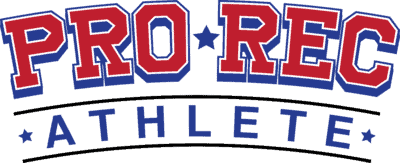
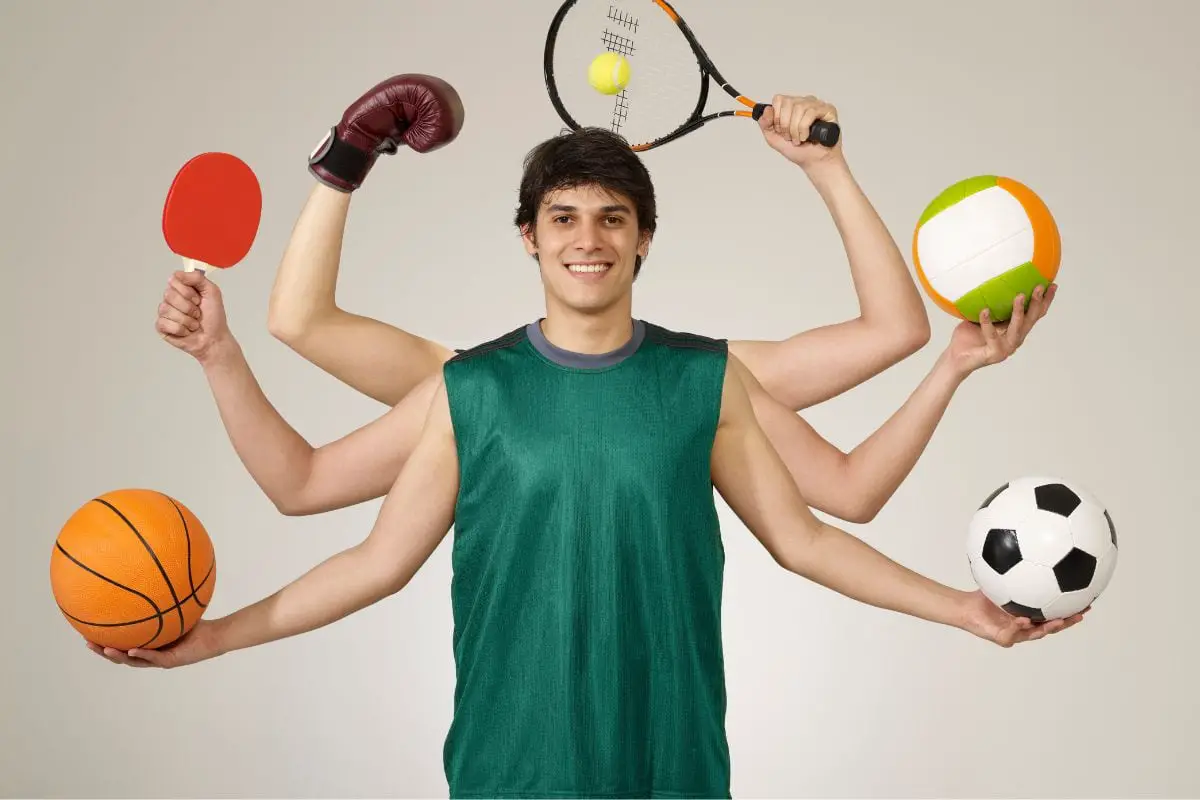
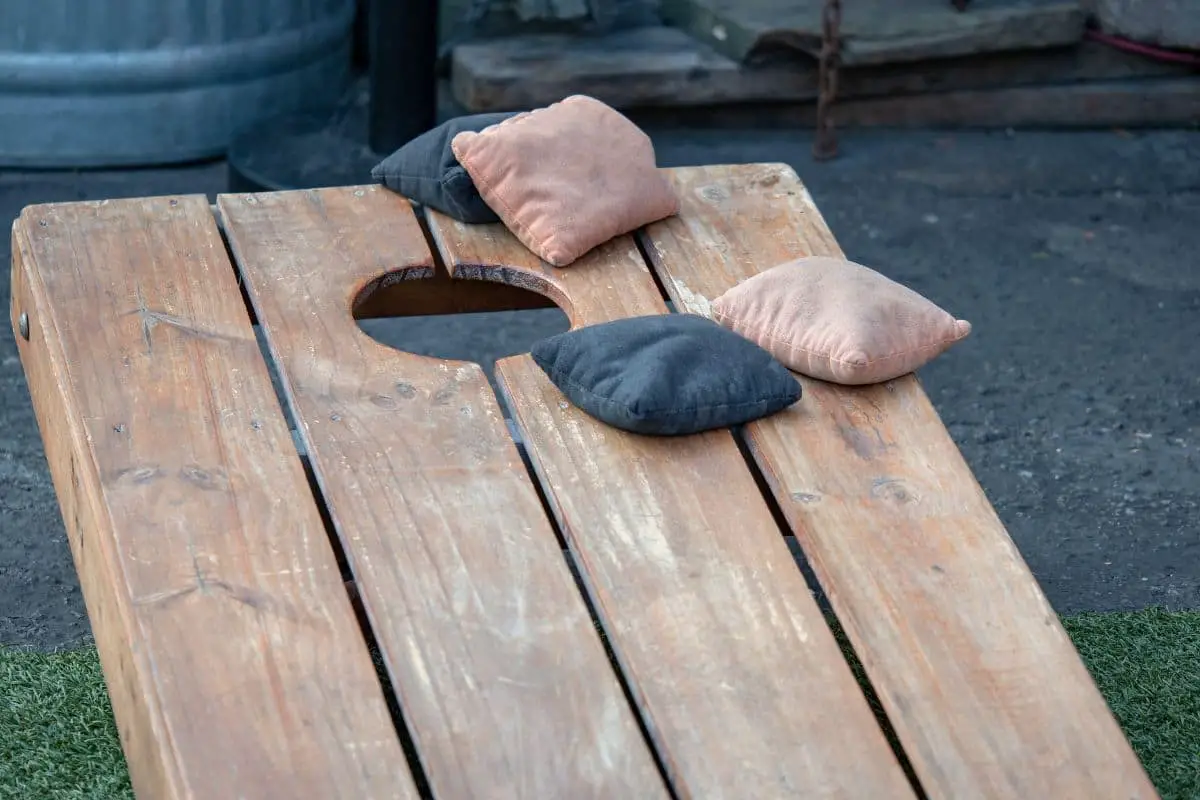
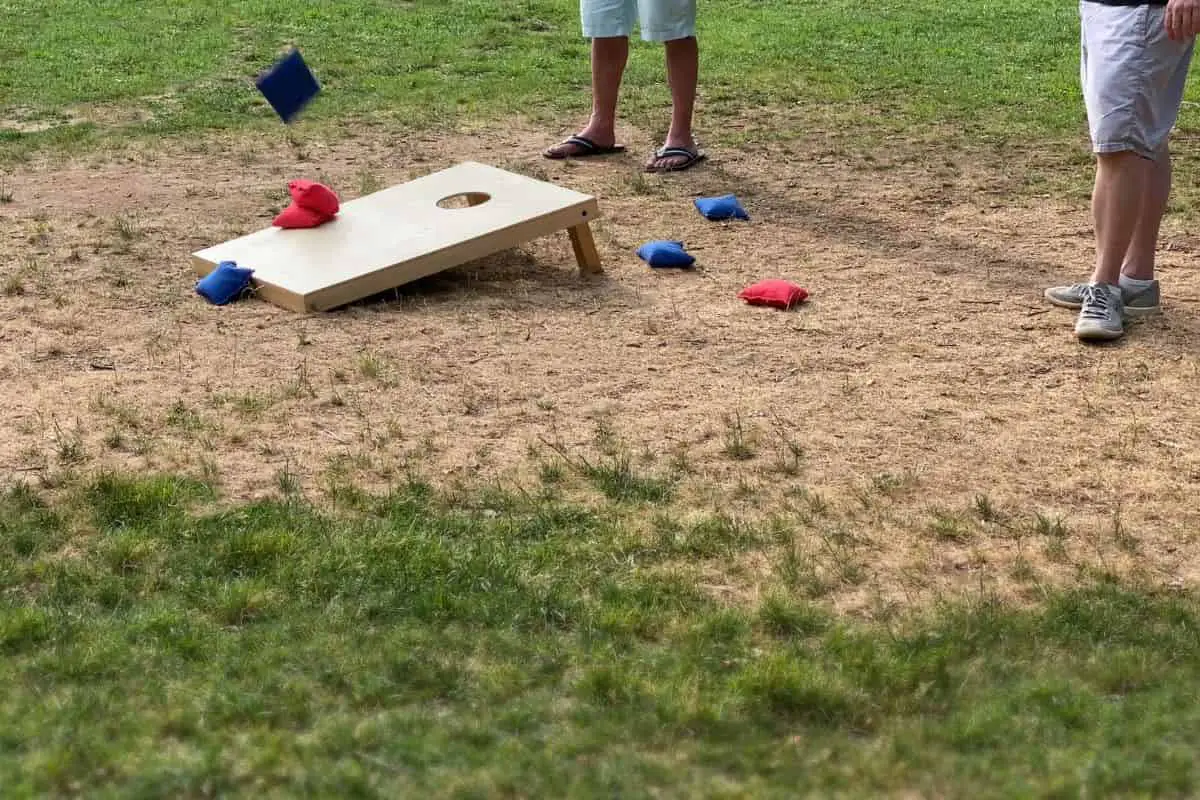
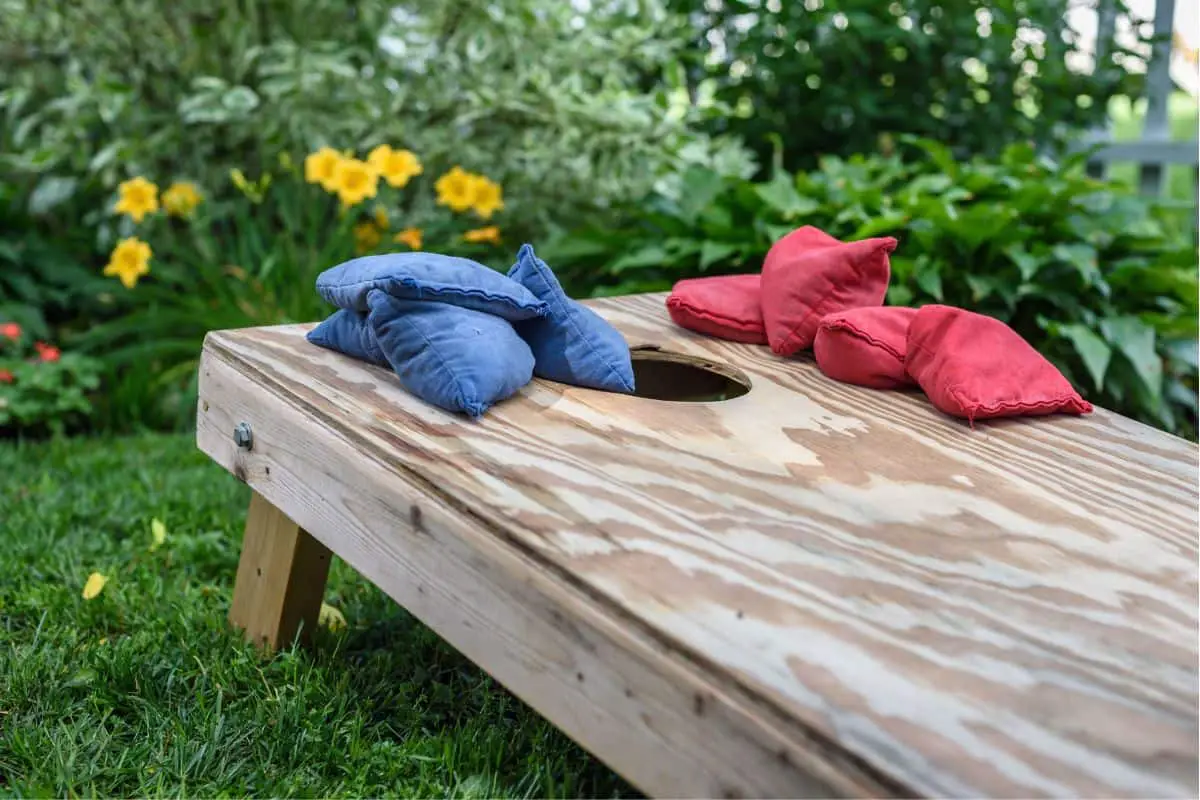

Leave a Reply